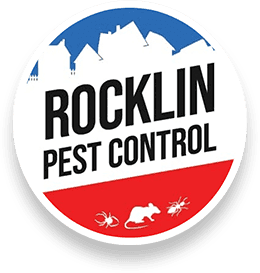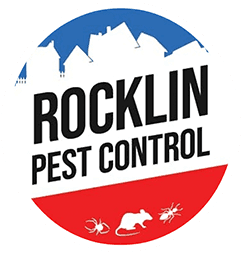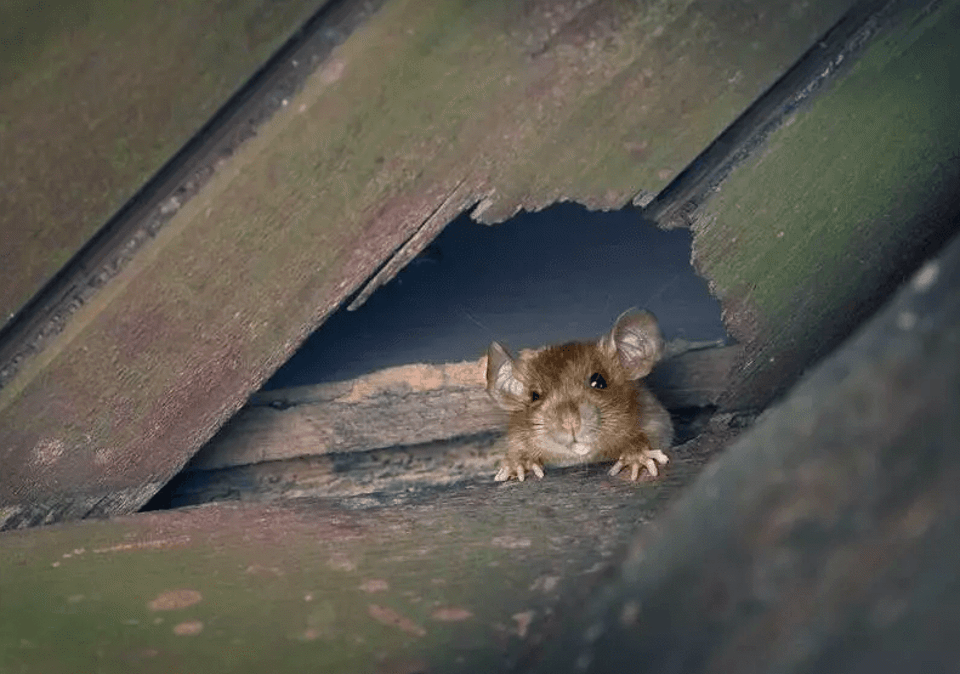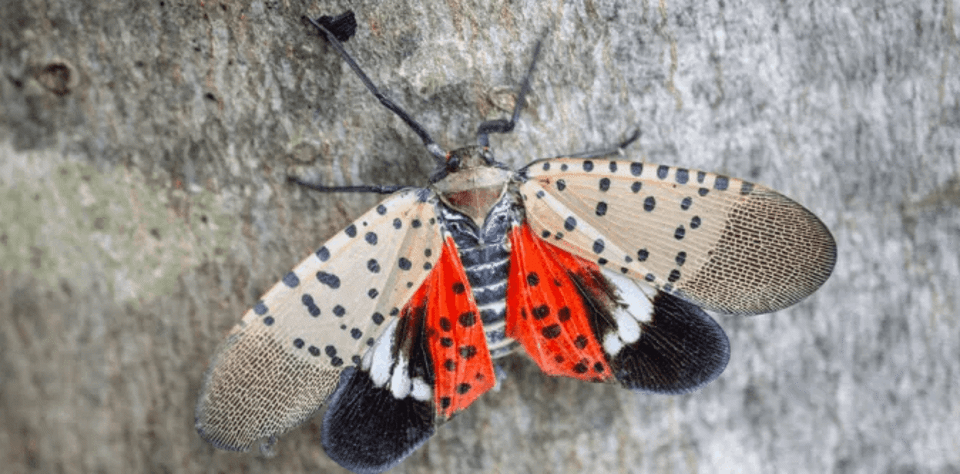The danger that pests pose to one’s health can be as simple as having a small insect bite up to acquiring life-threatening communicable diseases. Can be a bit frightening right? That is why it is important to make sure that our homes remain pest-free. This does not only guarantee the longevity of the structure of our homes but it also helps the family stay fit and healthy.
To better inform you, we have created a list of common pests you should avoid and the dangers they could bring to your well-being:
1. COCKROACHES
People hate cockroaches because of the foul odor they leave behind; plus, they are not known to be the cutest insect in the planet. Cockroaches are also notorious carriers of various bacteria and viruses that children can pick-up when they play in places where roaches may have walked.These critters can carry Salmonella Typhi, which causes Typhoid fever; Poliomyelitis, the cause of Polio; and, Dysentery, a disease that causes severe diarrhea that may include bleeding. We, at Rocklin Pest Control, have devised a system to remove this problem from the roots. This means, our team will be able to destroy even fertilized cockroach eggs that have been left in the corners of your cupboards to hatch.
Read more here: What Kinds of Diseases Can I Get From Cockroaches?
2. MOSQUITOES
These insects are probably among the oldest pests in the history of mankind. Mosquitoes have helped nations win wars and have been mentioned in old scriptures as pests who bring death. All these have been possible because mosquitoes can carry fatal diseases on their needle-like mouths. Among the deadliest diseases this little flying needle can bring is the Dengue Virus, which blooms like a regular flu but destroys the body’s immune system in the process. Mosquitoes are also the carriers of the Nile Virus that also shows flu-like symptoms accompanied by rash and body pains. Symptoms may last for several weeks and can even have permanent Neurological damages. That is why, at Rocklin Pest Control, we commit to a complete destruction of possible habitat for mosquitoes because small pool of stagnant water can be a breeding ground for larvae.
Read more here: Everything You Need to Know About Mosquitoes
3. RATS AND MICE
These two pests are among the most difficult pests to get rid of. They have developed survival instincts that allow them to evade traps and poisons. That is why pest control companies have to be skilled to make sure they can deliver. Rat urine and dirt, as well as their bite, can pose grave threat to the homeowners. These can contain viruses and bacteria that can infect the human body; often times, it can get fatal. Included on the list of the diseases from rats is Leptospirosis, a disease that attacks the immune system of the body. It can be picked up from floods or ingested, where food preparation area has been contaminated. Mice, while they are smaller than rats do not mean they are the less evil. They are the carriers of Salmonella in the household because they walk on uncovered food, exposed utensils, and unwashed dishes. Rocklin Pest Control ensures that rats and mice will have no access inside the house through our thorough pest termination.
Read more here: What’s The Difference Between Mice and Rats?
4. FLEAS
These are the silent killers when it comes to the category of pests inflicting pain on human beings. Unlike mosquitoes, rats, and mice, these pests thrive on particular areas. As for fleas, they live on animal hosts and jump from one animal to another, and sometimes, on humans too. From fleas come Lyme disease which is brought by a bacteria tagged as Borrelia burgdorferi. A puncture to the human skin made by an infected blacklegged tick will transfer the virus. Symptoms include fever, headache, fatigue, and a characteristic skin rash called erythema migraines. If left undetected, infection can spread to joints, the heart, and the nervous system. While it is a rare occurrence for non-pet owners to be a victim of fleas, there are definitely recorded circumstances when it happened; because, fleas also like to thrive on clothing due to the scent of humans attached to it. Since it is more common to households with pets, it is important for pest control companies to treat the problem without hurting the pets just like the way we do.
Read more here: Fleas, fleas, fleas
5. FLIES
Flies are among the most infamous pests in the world because of the dangers it can bring to the human body. These insects like to walk on garbage, dirt, urine, decaying food, decaying plants, dead animals, and many more. That is why they are the number one carrier of the most deadly diseases worldwide. Flies are accidental carriers because of their body structure. The hair on their legs is the culprit in spreading germs. These carriers land on your food and practically spits on it to soften the food so they can sip it up their tube-like mouths. Once they finished feeding, the germs from their mouths, they will transfer the fluid to your food. This is how diseases are transferred by flies. Diseases that can be acquired from flies include Trachoma which causes puss eyes. But the worst part is, flies can also carry eggs from parasites that can thrive in the human body. Parasitic worms have more than 300,000 parasitic species and about 300 of them affect humans alone. We, at Rocklin, pride ourselves for successfully keeping a household free from flies and their eggs.
Read more here: SHOO, Fly!
A Final Word on Health and Pests
This is only few of the most dangerous pests out there or maybe in your home. If you want to have your place inspected for possible infestation, do not hesitate to call our local Roseville and Rocklin pest experts and we would be more than glad to assist you. Keeping pest away will help secure and protect your family against communicable, viral, and bacterial diseases. A pest free home is a healthy home.





